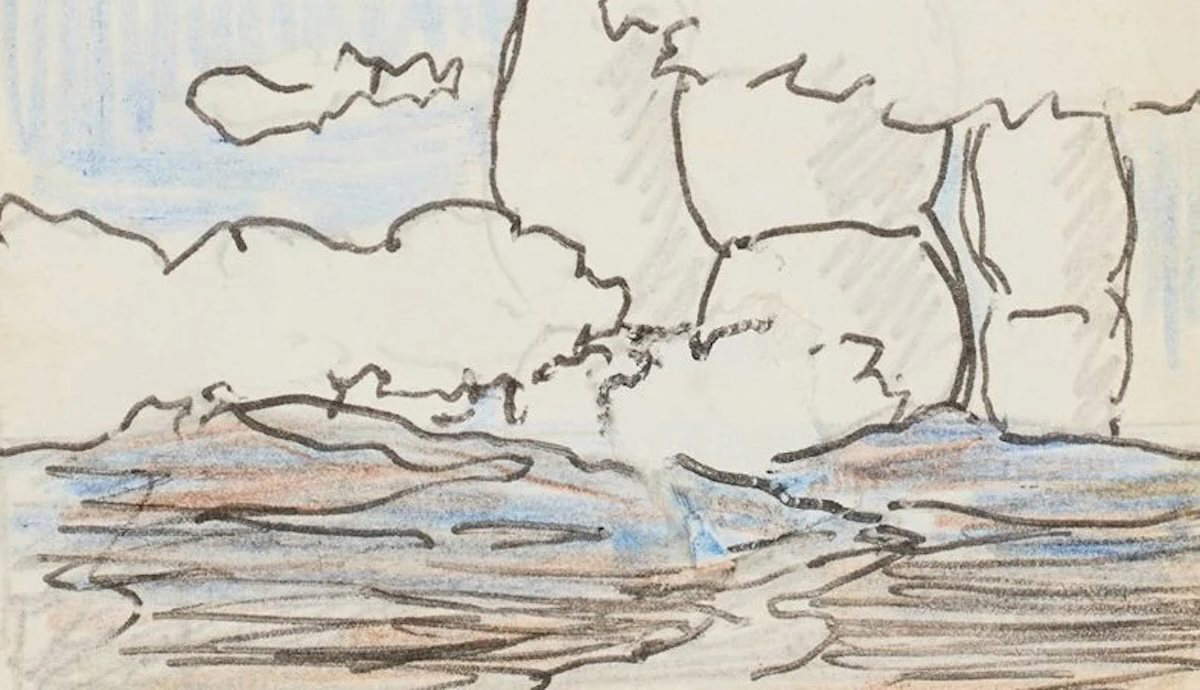
A German museum voluntarily returned an ancient marble head back to Greece, where it was created during the 1st century. During a recent repatriation ceremony, officials noted the rarity of the peaceful resolution.
New Research Sends Ancient Marble Head Back to Greece

The Archaeological Museum of the University of Münster in Germany repatriated a valuable sculpture back to Greece. The ancient marble head of a man dates back to approximately 150 CE. The museum voluntarily returned the head after new research raised concerns about its ownership history. A private German donor gifted the ancient marble head to the museum in 1989. The previous whereabouts of the sculpture—including how it ended up in Germany—are uncertain. Upon receiving the gift, the museum performed a series of tests on the head to determine its place of origin. They found the marble came from Thasos, a Greek island in the northern Aegean Sea. More recently, researchers failed to confirm the provenance of the ancient marble head.
This Repatriation Is “Special,” Says Greek Culture Minister

A repatriation ceremony was held to celebrate the return of the ancient marble head to Greece. According to the Greek Reporter, Greek Culture Minister Lina Mendoni said, “The repatriation of antiquities that belong to Greece, but are currently abroad, is a matter of national importance and high political priority. International cooperation and synergies, through bilateral and multilateral agreements, for this purpose, are always supported and sought. However, each case of repatriation is unique.” Mendoni continued, “Today’s return carries a special semiotic dimension, as it does not constitute the successful conclusion of a claim process. In this case, the Museum of the University of Münster voluntarily decided to return the head to Greece.”
Achim Lichtenberger, director of the Münster Museum, emphasized the value of the repatriated artifact. He also explained that its return to Greece will allow it to be more adequately studied alongside similar objects. The ancient marble head is set to be exhibited at the Archaeological Museum of Thessaloniki, one of the largest museums in Greece.
What is the UNESCO 1970 Convention?

In a statement, Lichtenberger also mentioned that the Münster Museum periodically reviews its collection to ensure compliance with the UNESCO 1970 Convention. The 1970 Convention on the Means of Prohibiting and Preventing the Illicit Import, Export, and Transfer of Ownership of Cultural Property is a United Nations treaty that facilitates international cooperation against the illegal trafficking of cultural artifacts—such as the marble head from ancient Greece, which ended up in Germany under dubious circumstances. “Over the last half-century, this ground-breaking treaty has brought the world together in a shared mission to safeguard our cultural heritage from tomb raiders and art smugglers, as well as return looted and stolen objects to their rightful owners,” said UNESCO in a 2020 statement marking the treaty’s 50th anniversary.









